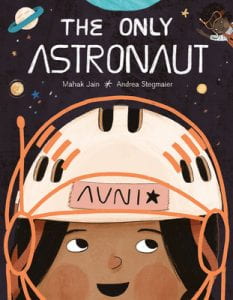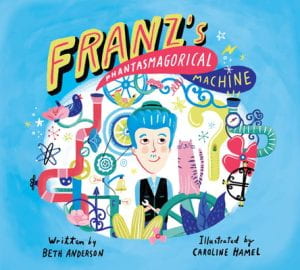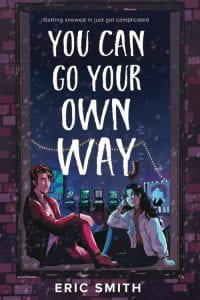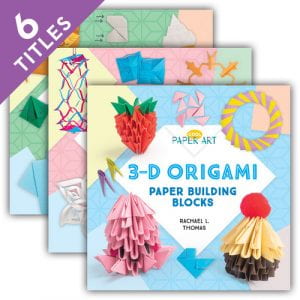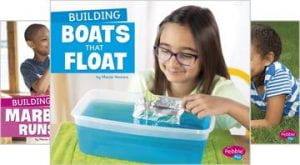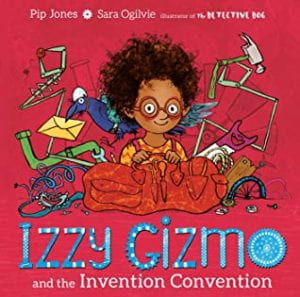 Borgert-Spaniol, Megan. Kitchen Trios. Super Sandcastle, 2023. 32 p. $23.00 ea. $144.00 Set of 6. Grades K-3.
Borgert-Spaniol, Megan. Kitchen Trios. Super Sandcastle, 2023. 32 p. $23.00 ea. $144.00 Set of 6. Grades K-3.
Making Breakfasts with Grains, Fruit & Proteins. 978-1-532-19905-9.
Making Pastas with Noodles, Sauce & Cheese. 978-1-532-19906-6.
Making Pizzas with Crust, Sauce & Toppings. 978-1-532-19907-3.
Making Snacks that are Sweet, Salty & Crunchy. 978-1-532-19908-0.
Making Soups with Broth, Proteins & Veggies. 978-1-532-19909-7.
Making Tacos with Tortillas, Fillings & Toppings. 978-1-532-19910-3.
This title is part of the six-book “Kitchen Trio” series that challenges young chefs and their adult helpers to prepare meals using only three primary ingredients – in this reviewer’s case, noodles, sauce, and cheese. Readers are encouraged to view the kitchen as a kind of makerspace where imagination, inspiration, collaboration, and problem-solving lead to endless delicious possibilities. After learning about different kinds of noodles, exploring several kinds of sauces, and differentiating between hard, medium, and soft cheeses, several simple recipes are introduced. From fresh tomato pasta to white bean pasta, kale pesto pasta, and mac and cheese, there are possibilities for every palate. Each recipe is broken down into simple steps and includes a photograph illustration for each description. Additional kitchen prep vocabulary such as colander, cheese grater, and whisk are introduced, and colorful sidebars address kitchen safety tips, such as washing hands often and asking for an adult’s help with the stove, oven, and knives. Text features such as a Table of Contents make the book easy to navigate, and bold vocabulary words relating to ingredients and preparation instructions are defined in the Glossary. Five additional titles are included in this “Kitchen Trios” series: Making Breakfasts with Grains, Fruit, and Proteins; Making Pizzas with Crust, Sauce, and Toppings; Making Snacks that are Sweet, Salty, and Crunchy; Making Soups with Broth, Proteins, and Veggies; and Making Tacos with Tortillas, Fillings, and Toppings.
THOUGHTS: Thanks to plenty of colorful photographs and easy-to-read chunks of text, this is an attractive title for browsing or using to prepare a meal. A note on the title page shares that the titles in this series were developed by a team of professional educators and reading specialists with phonemic awareness, phonics, vocabulary, text comprehension, and fluency in mind. This title will also support STEM and makerspace units as well as Common Core standards.
641.5 Cooking

